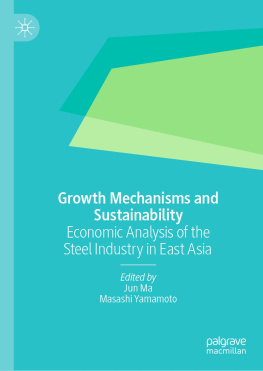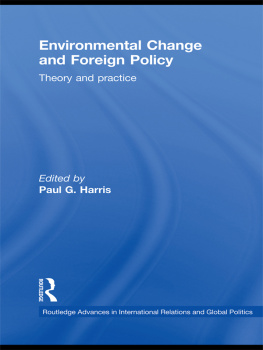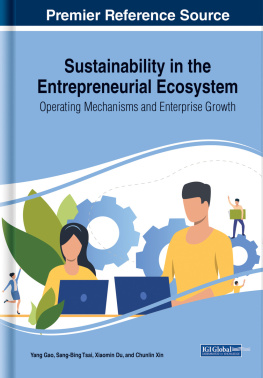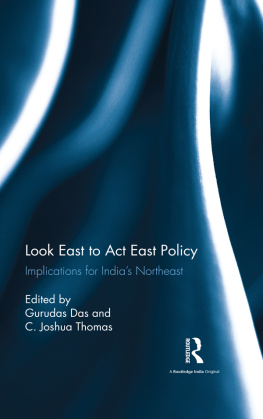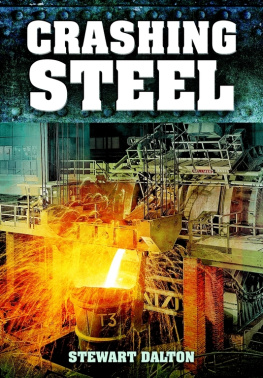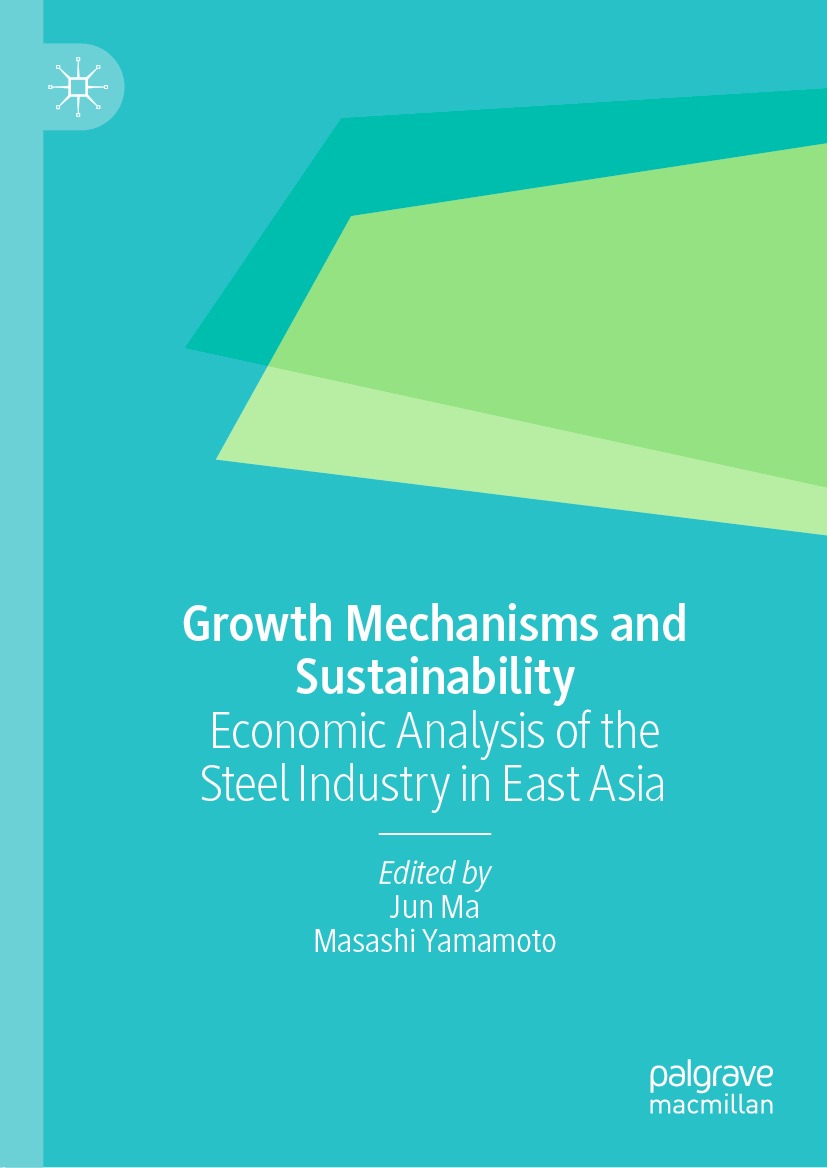Editors
Jun Ma
School of Economics, Center for Far Eastern Studies, University of Toyama, Toyama, Japan
Masashi Yamamoto
School of Political Science and Economics, Tokai University, Hiratsuka, Kanagawa, Japan
ISBN 978-981-16-2485-8 e-ISBN 978-981-16-2486-5
https://doi.org/10.1007/978-981-16-2486-5
The Editor(s) (if applicable) and The Author(s), under exclusive license to Springer Nature Singapore Pte Ltd. 2021
This work is subject to copyright. All rights are solely and exclusively licensed by the Publisher, whether the whole or part of the material is concerned, specifically the rights of translation, reprinting, reuse of illustrations, recitation, broadcasting, reproduction on microfilms or in any other physical way, and transmission or information storage and retrieval, electronic adaptation, computer software, or by similar or dissimilar methodology now known or hereafter developed.
The use of general descriptive names, registered names, trademarks, service marks, etc. in this publication does not imply, even in the absence of a specific statement, that such names are exempt from the relevant protective laws and regulations and therefore free for general use.
The publisher, the authors and the editors are safe to assume that the advice and information in this book are believed to be true and accurate at the date of publication. Neither the publisher nor the authors or the editors give a warranty, expressed or implied, with respect to the material contained herein or for any errors or omissions that may have been made. The publisher remains neutral with regard to jurisdictional claims in published maps and institutional affiliations.
No cover credit line
This Palgrave Macmillan imprint is published by the registered company Springer Nature Singapore Pte Ltd.
The registered company address is: 152 Beach Road, #21-01/04 Gateway East, Singapore 189721, Singapore
Preface
This book is a compilation of the research conducted under the project Evolution of International Specialization and Sustainable Utilization of Resources in Northeast Asia: Challenges and Prospects in the Center for Far Eastern Studies, University of Toyama, Japan. The research project was launched in 2016 as part of the network-based projects: NIHU Area Studies Regional Structure and Its Change in Northeast Asia: In Search of the Way to Coexist from the Point of View of Transborderism in collaboration with the Center for Northeast Asian Studies at National Museum of Ethnology of National Institutes for the Humanities (NIHU) and five other leading research institutes in Japan.
Our project focuses mainly on the following two issues. The first issue concerns resources and how the evolution of the international division of labor and international cooperative relations can contribute to the economic growth and social development of the Northeast Asian region in the future. In the second issue, the international division of labor is investigated to examine the limits of the competitive growth model for gaining international comparative advantage through competition over resources and technological innovation from both the macro- and micro-perspectives and consider how a win-win relationship can be achieved among the countries of Northeast Asia and how to construct an optimal symbiotic growth model for the entire region.
Since 2018, we have investigated the steel industry, which has a significant impact on economic and social activities, and have mainly studied the utilization of iron ore resources, international specialization, trade relations, and environmental issues in the steel industry of this region. We have worked together with researchers from other research institutes in Japan and overseas, including China and Korea, to organize seminars and conduct field research.
To write this book, we have collected various data sets related to the steel industry while conducting field studies on major steel manufacturers and institutes in Japan, the Republic of Korea, and China for the past three years. Based on the results of the surveys and research, we completed this book after holding a conference to discuss various issues related to the growth of the steel industry in East Asia in March 2020.
We would like to express our deepest gratitude to Nippon Steel Corporation, POSCO, China Metallurgical Industry Planning and Research Institute, HBIS Group Hansteel Company, and other related organizations in Japan, the Republic of Korea, and China for their cooperation in the field research. We would particularly like to thank Ken Kosugi (General Manager, Head of Department Environment Relations Dept. Environment Div. Nippon Steel Corporation, Japan), Prof. Hyun-chul Kim (Graduate School of International Studies, Seoul National University, Republic of Korea), Dongwook Kim (Senior Vice President, Business Coordination Team, Hyundai Motor Group, Republic of Korea), Taehyuk Yim (Department Manager, Corporation Support Division Management Planning Dep, POSCO Japan), Shuping Ma (Research fellow, Vice-Director of Research Office, Enterprise Research Institute, at the Development Research Center of the State Council, China), and Prof. Erbiao Dai (Research Director, Asian Growth Research Institute (AGI), Japan) for their valuable advice during the research.
We are grateful to the anonymous referees, who offered many valuable comments to make our book more complete, to our publisher, Palgrave Macmillan, and in particular, to our editors Jacob Dreyer and Arun Kumar, for keeping us on track toward the publication of this book.
In addition, we would like to thank the NIHU and the University of Toyama for their support not only in terms of funds but also in many other ways.
Finally, we would like to welcome any comments from researchers and practitioners in the steel industry upon reading this book, and we hope that general readers interested in this field will also read this book.
Jun Ma
Masashi Yamamoto
Toyama, Japan Hiratsuka, Japan

